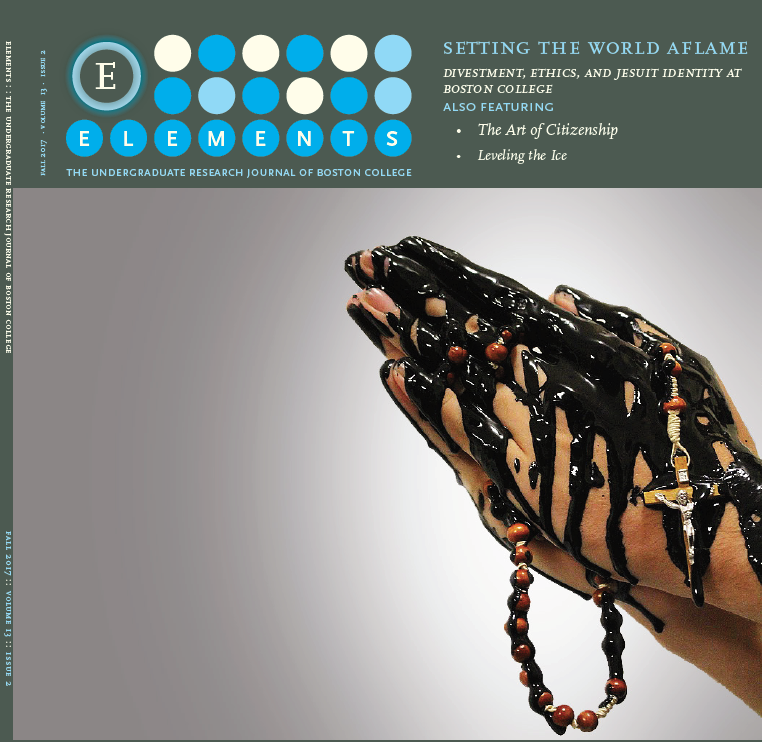Classroom for Debate: When Students with Autism Succeed in Inclusive Classrooms
DOI:
https://doi.org/10.6017/eurj.v13i2.10050Keywords:
inclusive education, effectiveness, Autism Spectrum DisorderAbstract
This paper aims to determine whether current practices ensure success for students with Autism Spectrum Disorder who participate within an inclusive educational setting by examining four perspectives: students with Autism Spectrum Disorder and their general education counterparts, educators, financial funding for such programs, and the academic achievement of autistic students who receive the service. While much literature on inclusive education is supportive, the findings indicate that the service operates on questionable intentions and practices that may or may not be beneficial for its recipients. Despite the setbacks associated with inclusive education, autistic students are capable of succeeding within these classrooms. Suggestions can be formulated to modify such practices to ensure that all autistic students are educated in a manner that allows them to share the same level of achievement as their general peers in education.
References
California Legislature. (2013). [Bar graph illustrating Average Costs of Educating SWDs More Than Double Those of Mainstream Students]. Overview of Special Education in California. Retrieved from http://www.lao.ca.gov/reports/2013/edu/special-ed-primer/special-ed-primer-010313.aspx
California Legislature. (2013). [Graph illustrating Percent of Students Scoring Proficient or Advanced On Fourth Grade English Language Arts Assessments]. Overview of Special Education in California. Retrieved from http://www.lao.ca.gov/reports/2013/edu/special-ed-primer/special-ed-primer-010313.aspx
Chamberlain, B., Kasari, C., & Rotheram-Fuller, E. (2007). Involvement or isolation? The social networks of children with autism in regular classrooms. Journal of Autism and Developmental Disorders, 37(2), 230-242.
Chmiliar, L. (2009). Perspectives on inclusion: Students with LD, their parents, and their teachers. Exceptionality Education International, 19(1), 72-88.
engageNY. (2013). [Graph illustrating Just 7 percent of Special Ed students pass Common Core math August, 2013]. A New Baseline: Measuring Student Progress on the Common Core Learning Standards, August 2013. Retrieved from http://hechingerreport.org/can-special-education-students-keep-common-core/
Guthrie, J.W. (2003). Special education. In Encyclopedia of Education (2nd. Ed., Vol. 6, pp. 2278-2294). New York, NY: Macmillan Reference USA.
Idol, L. (2006). Toward inclusion of special education students in general education: A program evaluation of eight schools. Remedial and Special Education, 27(2), 77-94.
Jones, L. W., & Power-deFur, L. A. (1997). Financing inclusive education programs. In L.A. Power-deFur, & F. P. Orelove (Eds.), Inclusive education: Practical implementation of the least restrictive environment (pp. 63-72). Gaithersburg, MD: Aspen.
Martins, M. P., Harris, S. L., & Handleman, J. S. (2014). Supporting inclusive education. In Volkmar, F. R., Rogers, S. J., Paul, R., & Pelphrey, K. A. (Eds.), Handbook of autism and pervasive developmental disorders (4th ed.). (pp. 859-867). Hoboken, NJ: Wiley.
National Center of Educational Outcomes. (2015). 2012-2013 publically reported assessment results for students with disabilities and ELLs with disabilities (Technical Report 70). Minneapolis, MN: U.S. Department of Education.
Odom, S. L., Hanson, M. J., Lieber, J., Marquart, J., Sandall, S., Wolery, R., . . . Chambers, J. (2001). The costs of preschool inclusion. Topics in Early Childhood Special Education, 21(1), 46-55.
Stein, E. (2013, January 27). What kids say about inclusion classrooms [Blog post]. Retrieved from https://www.middleweb.com/5729/what-kids-say-about-inclusion/
J Tulenko. (2016, March 1). L.A. schools grow more inclusive, but at what cost? [Video file]. Retrieved from http://www.wnyc.org/story/la-schools-grow-more-inclusive-but-at-what-cost/
Ware, L. (2005). Many possible futures, many different directions: Merging critical special education and disability studies. In Gabel, S. L. (Ed.), Disability studies in education: Readings in theory and method (pp. 103-120). New York, NY: Peter Lang.
Downloads
Published
How to Cite
Issue
Section
License
Copyright (c) 2018 Danielle Jean Abate

This work is licensed under a Creative Commons Attribution 4.0 International License.

